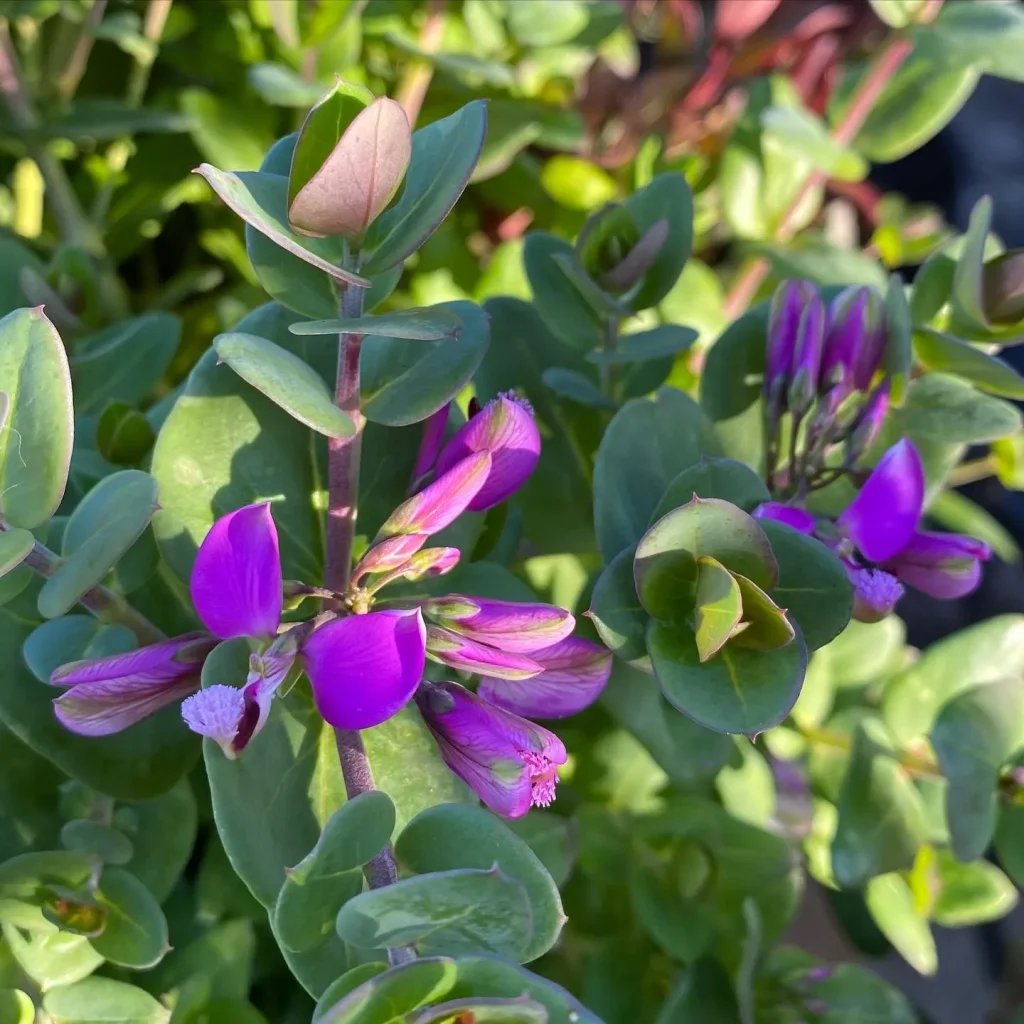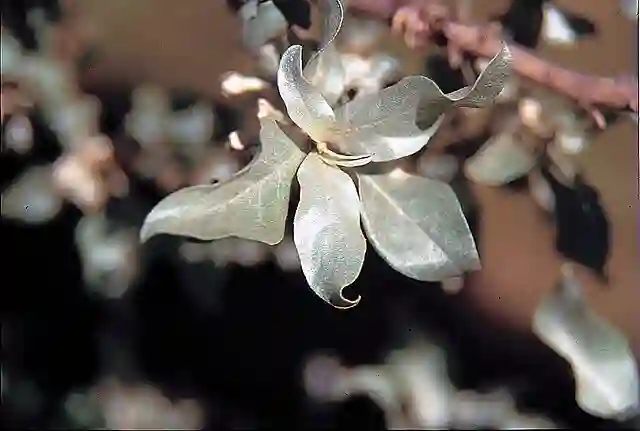FAQs About Pulmonaria Twinkle Toes
Pulmonaria Twinkle Toes is a charming plant that has gained a lot of popularity in recent years. Its unique appearance and low-maintenance requirements make it a favorite among gardeners. In this article, I’ll cover some frequently asked questions about Pulmonaria Twinkle Toes, including care tips, propagation methods, and common issues. If you’re considering adding this plant to your garden, read on for everything you need to know.
26 Species in Genus Pulmonaria – Lungwort
What Is Pulmonaria Twinkle Toes?
Pulmonaria Twinkle Toes is a perennial plant that belongs to the Boraginaceae family. It’s commonly known for its eye-catching foliage and vibrant flowers. The plant features speckled leaves that give it a distinctive look, and its blooms can range from pink to blue, adding a splash of color to any garden. It’s often used as a ground cover in shaded areas due to its ability to thrive in low light conditions.
How to Care for Pulmonaria Twinkle Toes?
Caring for Pulmonaria Twinkle Toes is relatively straightforward. Here are some essential tips:
- Light Requirements: Pulmonaria Twinkle Toes prefers partial to full shade. It can tolerate some morning sun, but too much direct sunlight can scorch its leaves. Ideal locations are under the canopy of trees or beside structures that provide filtered light.
- Soil: This plant thrives in well-draining, moist soil. Adding organic matter like compost can improve soil structure and fertility. Avoid heavy clay soils that retain too much water, as this can lead to root rot.
- Watering: Regular watering is crucial, especially during dry periods. Keep the soil consistently moist but not waterlogged. In the winter, reduce watering as the plant’s growth slows down.
- Fertilizing: Fertilize Pulmonaria Twinkle Toes in early spring with a balanced, slow-release fertilizer. This will promote healthy growth and vibrant blooms throughout the growing season.
- Pruning: Deadhead spent flowers to encourage more blooms and prevent the plant from self-seeding too aggressively. In late fall, trim back any dead foliage to keep the plant tidy.
How to Propagate Pulmonaria Twinkle Toes?
Propagation of Pulmonaria Twinkle Toes can be done through several methods:
- Division: This is the most common method. In early spring or late summer, dig up the plant and divide it into smaller clumps. Replant the divisions in well-prepared soil. This method ensures that you get new plants that are true to the parent.
- Seed: Although less common, you can propagate Pulmonaria Twinkle Toes from seeds. Sow the seeds in a seed tray or directly in the garden in late winter or early spring. Keep the soil moist until the seeds germinate. This method may take longer and requires patience.
What to Plant With Pulmonaria Twinkle Toes?
Pulmonaria Twinkle Toes pairs well with a variety of other plants:
- Hostas: Both plants thrive in similar shaded conditions and can complement each other’s textures and colors.
- Astilbes: These plants add a splash of color and have similar moisture and soil requirements.
- Ferns: They provide a lush, green backdrop that contrasts nicely with the speckled foliage of Pulmonaria.
- Hellebores: Their evergreen leaves and winter blooms work well with the early spring flowers of Pulmonaria.
Benefits of Pulmonaria Twinkle Toes
- Ground Cover: Its spreading habit makes it an excellent ground cover for shady areas. It helps suppress weeds and reduces soil erosion.
- Low Maintenance: Once established, Pulmonaria Twinkle Toes requires minimal care, making it ideal for busy gardeners or those new to gardening.
- Attractive Foliage and Flowers: The combination of speckled leaves and vibrant blooms adds visual interest to shaded areas of the garden.
Is Pulmonaria Twinkle Toes Toxic?
Pulmonaria Twinkle Toes is not considered toxic to humans or pets. This makes it a safe choice for gardens frequented by children or animals.
Common Problems with Pulmonaria Twinkle Toes
- Leaf Spots: Pulmonaria can sometimes develop leaf spots, often due to fungal infections. Ensure proper air circulation around the plant and avoid overhead watering to minimize this issue.
- Powdery Mildew: In damp conditions, powdery mildew can appear on the leaves. Treat this with a fungicide and improve air circulation around the plant.
- Root Rot: Overwatering or poorly-draining soil can lead to root rot. Ensure the soil drains well and adjust watering practices as needed.
Comparing Pulmonaria Twinkle Toes with Other Similar Plants
If you’re considering Pulmonaria Twinkle Toes but are unsure if it’s the right choice for your garden, here’s how it compares with a few other similar plants:
- Pulmonaria ‘Mrs. Moon’: Another variety of Pulmonaria, Mrs. Moon, has similar care requirements but often features larger, silver-speckled leaves and larger flowers. Twinkle Toes tends to have a more compact growth habit.
- Brunnera macrophylla: Commonly known as False Forget-Me-Not, Brunnera shares similar shade tolerance and ground-covering qualities but typically has smaller flowers and leaves.
- Hellebores: Like Pulmonaria, Hellebores thrive in shade and provide winter interest. However, Hellebores are often more robust and have larger, showier flowers.
Pulmonaria Twinkle Toes is a delightful addition to any shaded garden, offering vibrant colors and attractive foliage with minimal care. Whether you’re a seasoned gardener or just starting, this plant’s versatility and charm make it a worthwhile choice.
If i die, water my plants!

